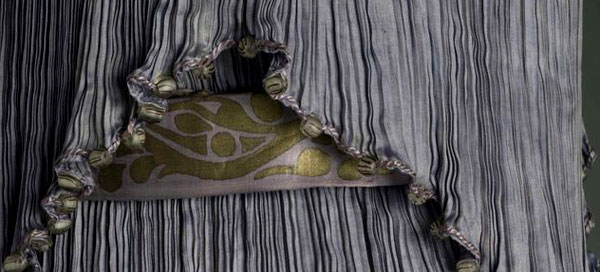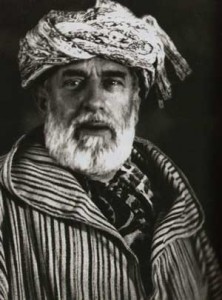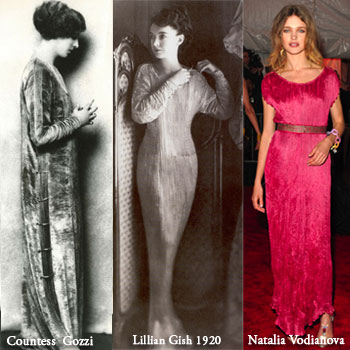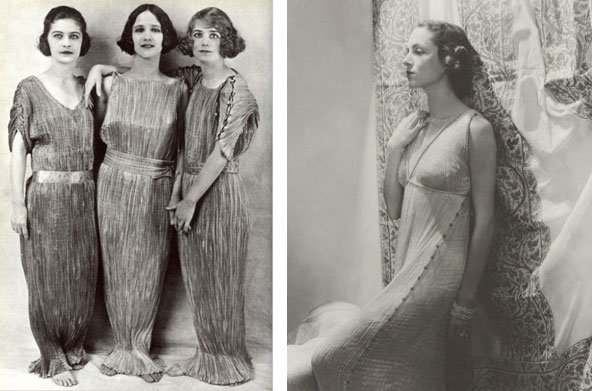The Brilliant Star of Mariano Fortuny
By Marina Rybak

Over the Holidays the New York cultural scene has been treated to an exceptional event. The Queen Sofia Spanish Institute has been hosting a talked about, sumptuous, yet intimate exhibit, which offers a rare glimpse into the creative genius of Mariano Fortuny (1871–1949). Curated by Oscar de la Renta, Fortuny y Madrazo: An Artistic Legacy is on view till March 30.
As an original artist Fortuny is well known for his personal connection to Venice, but the exhibit widens the perspective, highlighting his Spanish roots and the esteemed artistic lineage, a fueling influence on his illustrious path. It presents the artist’s work next to the selective paintings of his famous and talented ancestors.

Though Fortuny’s statement “I have always had many interests, but I have always considered painting to be my profession” reflects his own view, he is recognized as a true Renaissance man. Excelling in numerous visual arts, an inventor, an architect and a photographer, he is especially renowned as clothing and a textile designer, elevating his creations to an art form. Inspired by eclectic historical and cultural references, he has birthed a unique and distinct design world with an artistic language, which is instantly recognizable.
The creation of this sensuous Universe was groundbreaking more than a century ago, but it always existed outside of time and fashion’s fleeting trends. Suspended in eternity, his silhouettes, especially finely pleated silk Delphos still looks refreshingly modern.
 Patented in 1907 the Delphos column celebrated female natural form, freeing a woman from the constraints of a corset. At first it was worn at home, but the daring avant-gardes like Isadora Duncan; Lillian Gish and Fortuny’s muse and his wife Henriette Negrin brought it outside, paving the way for the general public. Finally in 1930 the Fortuny gown became a star and a talk of the evening.
Patented in 1907 the Delphos column celebrated female natural form, freeing a woman from the constraints of a corset. At first it was worn at home, but the daring avant-gardes like Isadora Duncan; Lillian Gish and Fortuny’s muse and his wife Henriette Negrin brought it outside, paving the way for the general public. Finally in 1930 the Fortuny gown became a star and a talk of the evening.
From Gloria Vanderbilt to Natalia Vodianova famous Delphos cultivated and continues to attract many devotees and collectors. But it is Marcel Proust, Mariano Fortuny’s most eloquent fan, who took my breath away when I read his description of the Fortuny gown from The Captive (Remembrance of Things Past), infusing it with the life essence of its own.
“The Fortuny gown, which Albertine was wearing that evening seemed to me the tempting phantom of that invisible Venice. It swarmed with Arabic ornaments, like the Venetian palaces hidden like sultanas behind a screen of pierced stone, like the bindings in the Ambrosian library, like the columns from which the Oriental birds that symbolized alternatively life and death were repeated in the mirror of the fabric, of an intense blue which, as my gaze extended over it, was changed into a malleable gold, by those same transmutations which, before the advancing gondolas, change into flaming metal the azure of the Grand Canal. And the sleeves were lined with a cherry pink which is so peculiarly Venetian that it is called Tiepolo pink.”

(left) Fortuny gowns worn by dancer, Isadora Dunkan's adoptive daughters. (right) Mrs. William Wetmore modeling a Delphos gown in front of Fortuny fabric.

